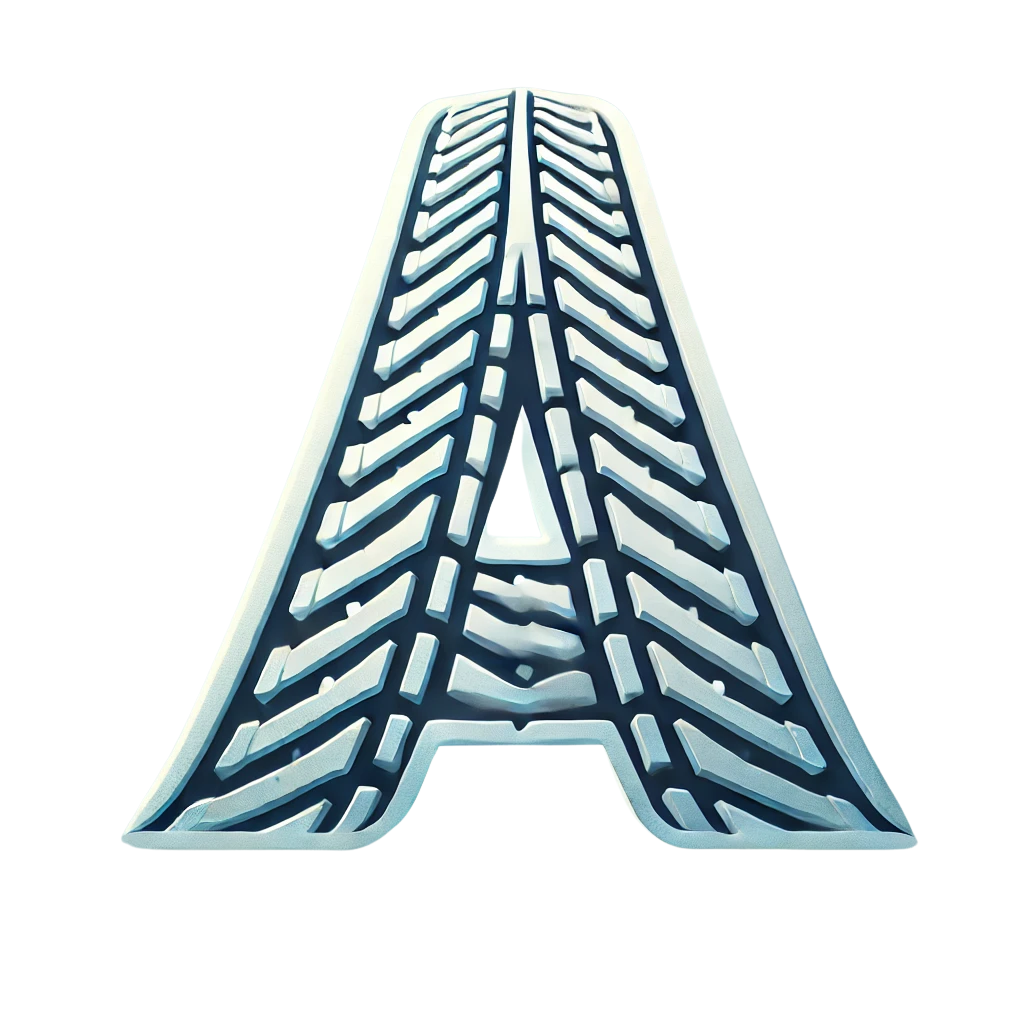Snowmobiling in Lake Khuvsgul, Mongolia: Wilderness, Ice, and Freedom
The Untamed Landscape of Northern Mongolia
Lake Khuvsgul lies in the far north of Mongolia, nestled against the Russian border and surrounded by pristine taiga forests and mountain ranges. The lake itself, known as Mongolia's “Blue Pearl,” is one of the largest and deepest freshwater bodies in Asia, and during the winter months, it freezes solid with ice up to a meter thick. This natural phenomenon opens up a breathtaking landscape for snowmobiling unlike anywhere else in the world.
Riding across Lake Khuvsgul during the freeze is a surreal experience. The crystal-clear ice reveals deep, dark blue layers and sometimes fish swimming below the surface. Snowmobilers can glide across wide open ice plains, thread through snow-covered forests, or scale gentle inclines leading to panoramic views of the surrounding wilderness. It's a rare place where the environment feels untouched by time and human interference.
When to Go and What to Expect
The prime snowmobiling season around Lake Khuvsgul begins in late December and extends through early March. The lake typically freezes completely by mid-December and remains stable for travel throughout the winter. During this season, temperatures can plunge below –30°C, creating firm ice conditions ideal for long-distance rides. This is also when Mongolians celebrate the Ice Festival, a local event filled with traditional games, horse-drawn sleds, and even ice-wrestling.
Expect extreme conditions and limited infrastructure. While the nearby town of Khatgal has guesthouses and basic supplies, much of the adventure takes place far from civilization. Riders must be prepared for self-reliance, including bringing backup fuel, food, and communications equipment. Snowmobile guides in the region are typically experienced with overland travel and are essential for those unfamiliar with the Mongolian wilderness.
Guided Tours and Independent Riders
For most visitors, guided snowmobile tours offer the safest and most immersive experience. Local operators based in Khatgal or Murun provide snowmobiles, cold-weather gear, and support staff. These tours often include cultural experiences, such as overnight stays in yurts (gers), meals prepared over open fires, and interactions with reindeer herders or nomadic families. Multi-day expeditions might include visits to thermal springs, ice caves, or mountain passes beyond the lake itself.
Independent riders with their own snowmobiles or those traveling with a personal unit need to navigate Mongolia's permitting process. Foreign vehicles must be declared at border crossings, and riding beyond public roads requires coordination with local authorities. GPS is a must, as there are no marked trails and weather conditions can change without warning. The remoteness is both the draw and the danger, so careful planning is non-negotiable.
Ice Riding and Technical Terrain
Lake Khuvsgul offers a thrilling combination of technical snowmobile terrain. The frozen lake is ideal for high-speed straightaways and long-distance travel, often spanning over 100 kilometers in a single day. However, riders must remain alert for pressure ridges, ice cracks, and snow drifts that can hide hazards beneath a seemingly flat surface.
Surrounding hills and forest trails provide a more technical challenge. Some routes cut through thick pine forests with tight turns and elevation changes. Riders may encounter deep powder in shaded areas or hard-packed snow on exposed ridgelines. Hill climbs, sharp descents, and variable traction are all part of the adventure, demanding full control and quick decision-making from riders of all experience levels.
Cultural Highlights Along the Trail
Snowmobiling in Lake Khuvsgul is not just a sport—it's a cultural journey. Riders frequently pass through remote herding camps, where they are welcomed with warm salted tea, dairy snacks, and stories of life in the Mongolian taiga. Many snowmobile tours incorporate visits to Tsaatan (reindeer herder) communities, whose livelihoods depend on a deep understanding of the land and its cycles.
Traditional shamanistic practices still influence daily life in the region. Sacred sites such as ovoos (stone cairns) dot the landscape, and riders are often encouraged to stop and circle them as a sign of respect. These spiritual traditions, coupled with the isolation and grandeur of the terrain, lend the journey a sense of reverence as well as excitement.
What to Pack for a Lake Khuvsgul Snowmobile Expedition
Preparing for a snowmobiling expedition in Mongolia requires careful planning and gear selection. Thermal layers, windproof outer shells, and insulated boots are essential. Full-face helmets with anti-fog visors and snowmobile-specific gloves will greatly improve comfort and safety. Satellite phones or GPS communicators are highly recommended, as mobile coverage is extremely limited outside of Khatgal.
In addition to clothing, riders should carry emergency food rations, a first aid kit, and basic snowmobile tools. Fuel is not readily available beyond major stops, so guides typically carry canisters. Riders traveling independently must account for long distances between settlements and unpredictable terrain, so packing with redundancy in mind is wise. Safety is key in this environment, where the nearest help may be hours or even days away.
A True Expedition into Wild Ice
Snowmobiling across Lake Khuvsgul is a rare and raw form of adventure. It combines the elemental thrill of open ice with the cultural richness of Mongolia's remote communities. The vastness of the landscape instills both awe and humility, challenging riders to adapt, endure, and engage with nature on its own terms.
This is not a trip for casual tourists or thrill-seekers looking for convenience. It's a test of preparedness, skill, and mental focus—a true expedition into one of Asia's last great wildernesses. For those willing to meet it on its terms, Lake Khuvsgul offers snowmobiling memories that last a lifetime.
